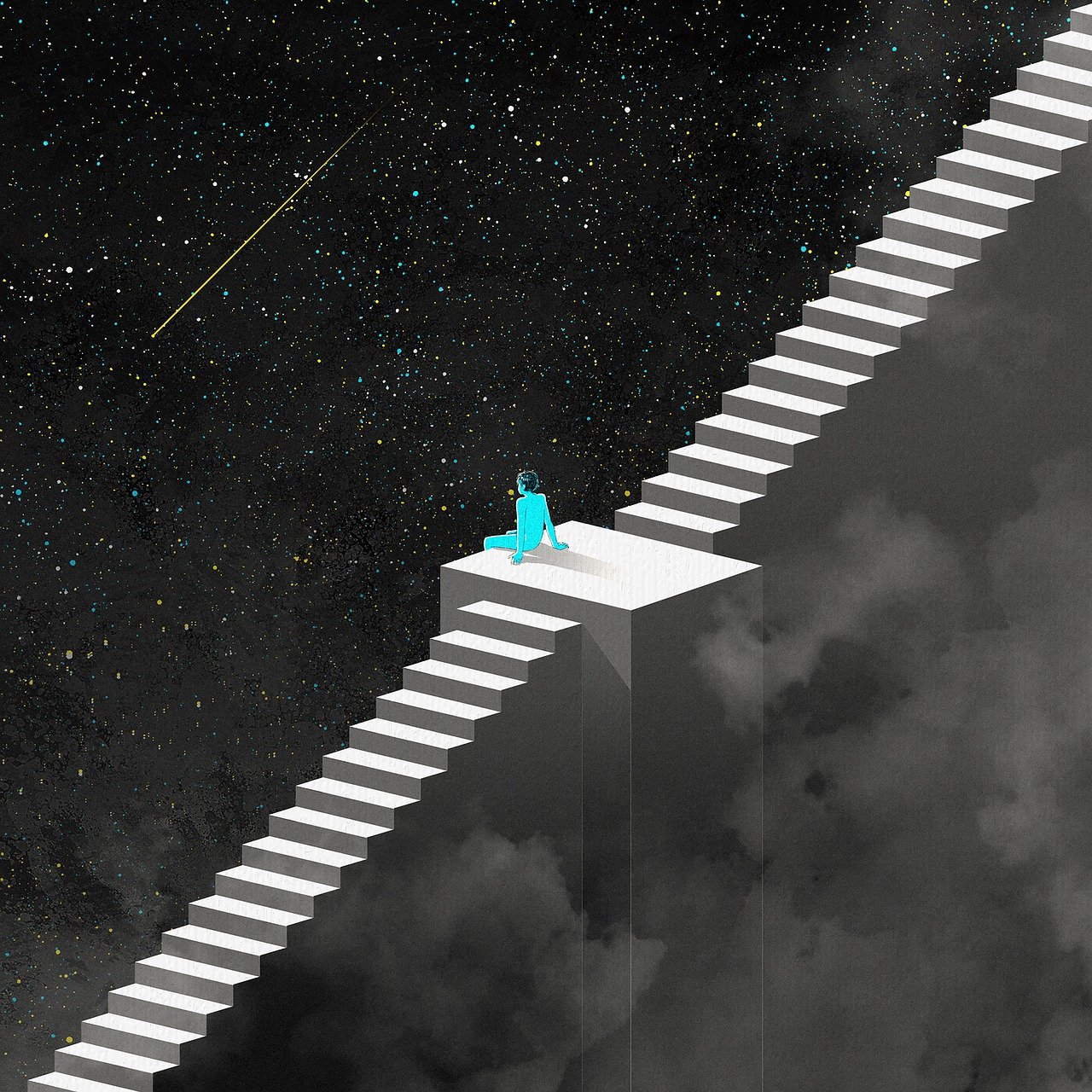Have you ever found yourself utterly captivated by the daring escapades of the resistance in your favorite dystopian tales? The thrill of rooting for the underdog, the suspense of covert operations, and the ultimate triumph over oppressive regimes—it’s the stuff of great storytelling. But what happens when the lines between fiction and reality begin to blur? When the resistance isn’t just on the silver screen, but on the streets of our cities and in the hearts of the people?
Let’s dive into the fascinating world of resistance, both in the realms of fantasy and in the tangible reality we navigate every day. We’ll explore the magnetic pull of the resistance narrative and why it resonates so deeply with us, as well as how these fictional tales mirror our own societal struggles.
The Resistance in Fiction: More Than Just a Plot Device
From the gritty streets of Panem in ‘The Hunger Games’ to the sprawling universe of ‘Star Wars’, resistance movements have been central to some of the most compelling stories of our time. These narratives often follow a familiar pattern: an oppressive force, a band of rebels, and a fight for freedom. But why do we find ourselves so drawn to these stories?
Perhaps it’s the sense of justice they evoke, the idea that no matter how powerful the oppressor, they can be overcome by the will of the people. Or maybe it’s the characters themselves—flawed, relatable, and fiercely determined—that capture our imaginations and our hearts. Whatever the reason, these stories have a way of sticking with us, of making us believe in the possibility of change.
The Resistance in Reality: Echoes of Fiction
It’s one thing to cheer for Katniss Everdeen as she takes on the Capitol, but it’s quite another to stand up against real-world injustices. Yet, the spirit of the resistance that we admire in fiction is alive and well in reality. Across the globe, people are rising up against tyranny, corruption, and inequality, just as they do in our favorite films and books.
Take the recent movements that have swept across the world, from the Arab Spring to the protests in Hong Kong. These are not the works of fiction; they are the actions of real people, fighting for their rights and their futures. And just like in the movies, they face incredible odds and powerful adversaries.
The Role of Citizen Journalism and Research
In today’s digital age, the resistance has taken on a new form: the truth movement. Citizen journalists and independent researchers have become the heart of this modern-day rebellion, using the internet as their weapon to cut through the noise and reveal the signal—the truth.
These individuals are often dismissed by mainstream media as conspiracy theorists or extremists, but as the memes shared by We The Media and comments by Jordan Sather suggest, they are having a profound impact. They challenge the narratives fed to us by traditional outlets, and in doing so, they empower others to think critically and question the status quo.
The Intersection of Gaming and Resistance
Even in the gaming world, themes of resistance and rebellion are prevalent. Take ‘Final Fantasy VII’, for example, where players join the eco-terrorist group AVALANCHE in their fight against the corrupt Shinra Corporation. As gamers, we step into the shoes of Cloud and his companions, making decisions that affect the outcome of their struggle.
This interactive experience allows players to engage with the concept of resistance on a personal level, making choices that align with their values and witnessing the consequences firsthand. It’s a powerful reminder that, even in play, the ideas of standing up against oppression and fighting for a cause resonate with us deeply.
The Power of the Resistance Narrative
As we reflect on the allure of the resistance in both fiction and reality, it’s clear that these narratives hold a special place in our collective consciousness. They inspire us, challenge us, and sometimes even change us. Whether we’re watching a movie, reading a book, or participating in a protest, the spirit of the resistance is a powerful force—one that continues to shape our world in ways we can’t always predict.
The next time you find yourself cheering for the rebels on screen, take a moment to consider the rebels around you. The ones fighting for truth, for justice, for a better world. They may not have the Hollywood glamour, but their battles are no less epic, and their victories no less sweet.
The Cultural Impact of Resistance Narratives and Their Reflection in Society
The narratives of resistance that captivate us in fiction have a profound ripple effect in our culture, shaping our perceptions and actions in the real world. The stories of ‘The Hunger Games’, ‘Star Wars’, and ‘The Matrix’ do more than entertain; they offer a blueprint for understanding power, oppression, and the human spirit’s resilience. These tales resonate because they reflect the timeless struggle between freedom and control, a theme that transcends the boundaries of the fictional worlds they inhabit.

In the cultural zeitgeist, resistance narratives often become symbols of real-life movements. The iconic image of Katniss Everdeen’s three-fingered salute has been adopted by protesters around the globe as a sign of solidarity and defiance. Similarly, the Guy Fawkes mask from ‘V for Vendetta’ has become synonymous with the hacktivist group Anonymous and other social justice movements. These symbols serve as a unifying force, rallying people behind a common cause and providing a sense of identity and purpose.
The power of these narratives is not lost on the youth, who often lead the charge in advocating for change. Inspired by the courage and conviction of fictional characters, young people are more likely to question authority and challenge the status quo. They see themselves as the protagonists of their own stories, capable of making a difference in a world that often feels as dystopian as the ones they read about or watch on screen.
The influence of resistance narratives extends into the realm of citizen journalism and independent research, as highlighted by the likes of We The Media and Jordan Sather. These platforms and individuals embody the spirit of the resistance by seeking to expose the truth and hold those in power accountable. Their efforts are a testament to the democratization of information in the digital age, where anyone with a smartphone or computer can contribute to the global conversation.
The intersection of gaming and resistance, as seen in ‘Final Fantasy VII’, further illustrates the cultural penetration of these themes. Games like these not only provide entertainment but also engage players in a dialogue about ethics, governance, and activism. By stepping into the roles of characters fighting against oppressive systems, players can explore complex issues in a safe and controlled environment, which can inspire real-world engagement and empathy.
As we consider the cultural impact of resistance narratives, it’s important to recognize their role in shaping societal values and inspiring action. These stories encourage us to imagine a world where justice prevails and to work towards making that vision a reality. They remind us that, while the challenges may be great, the power of the human spirit to overcome adversity is even greater.
The cultural impact of resistance narratives is undeniable. They have infiltrated every aspect of our society, from the symbols we use to protest to the games we play for leisure. They have sparked conversations, fueled movements, and inspired generations to stand up for what they believe in. As we navigate the complexities of our own reality, we can draw strength from these stories, knowing that the essence of the resistance is not confined to the pages of a book or the frames of a film. It lives within each of us, driving us to be the change we wish to see in the world.





